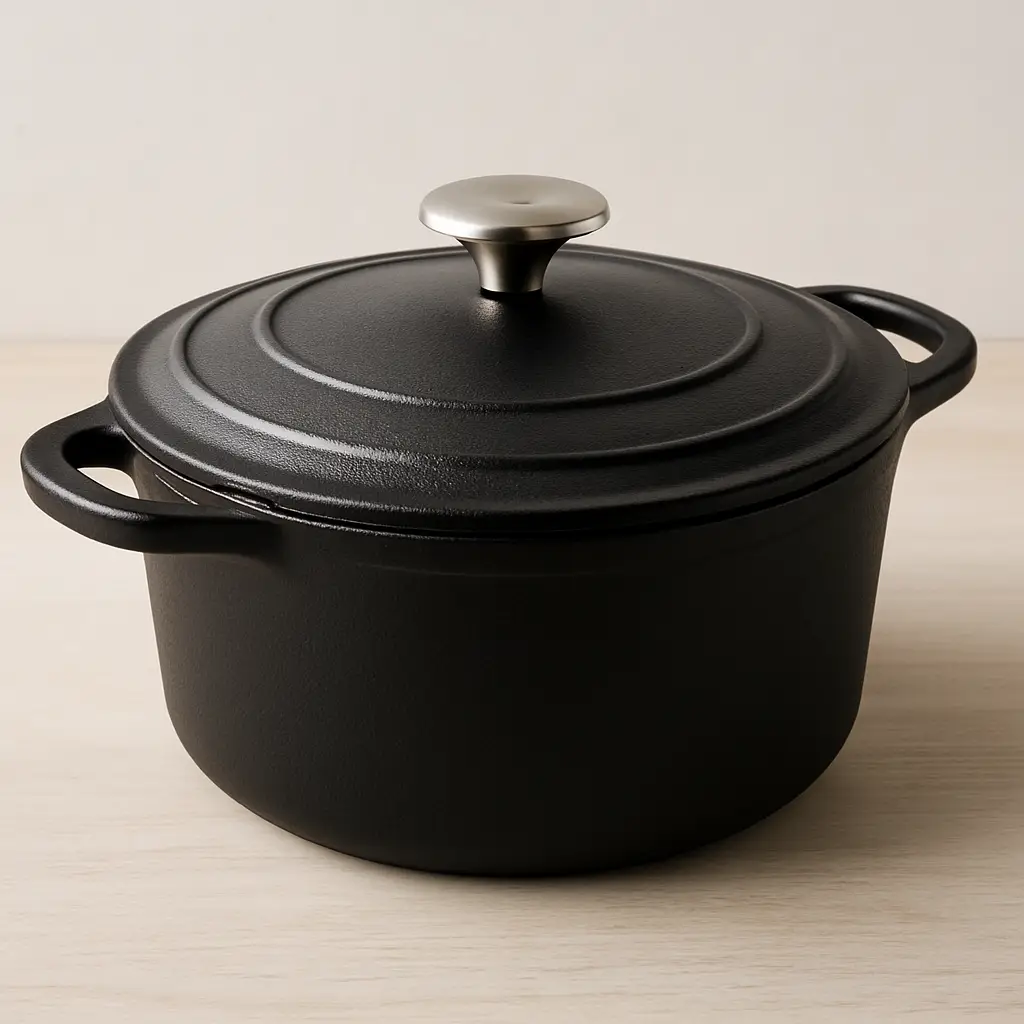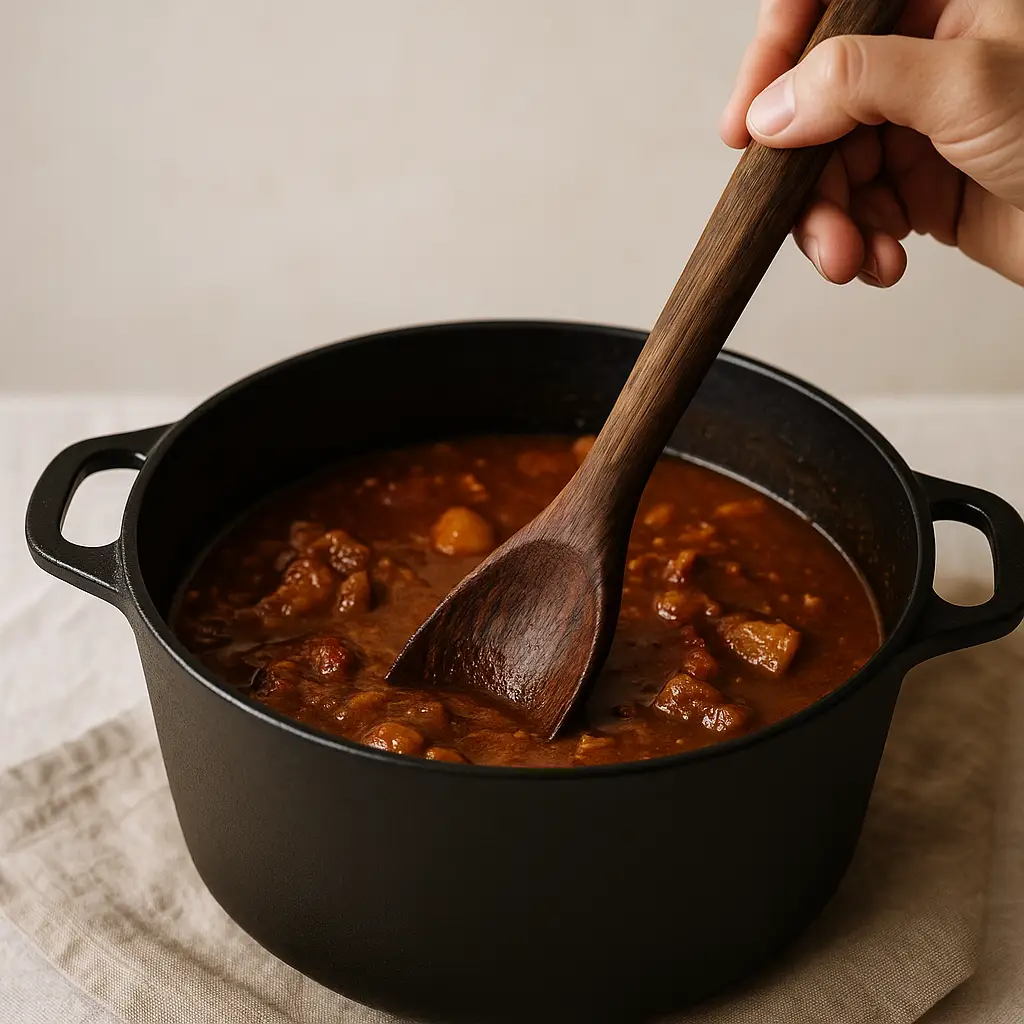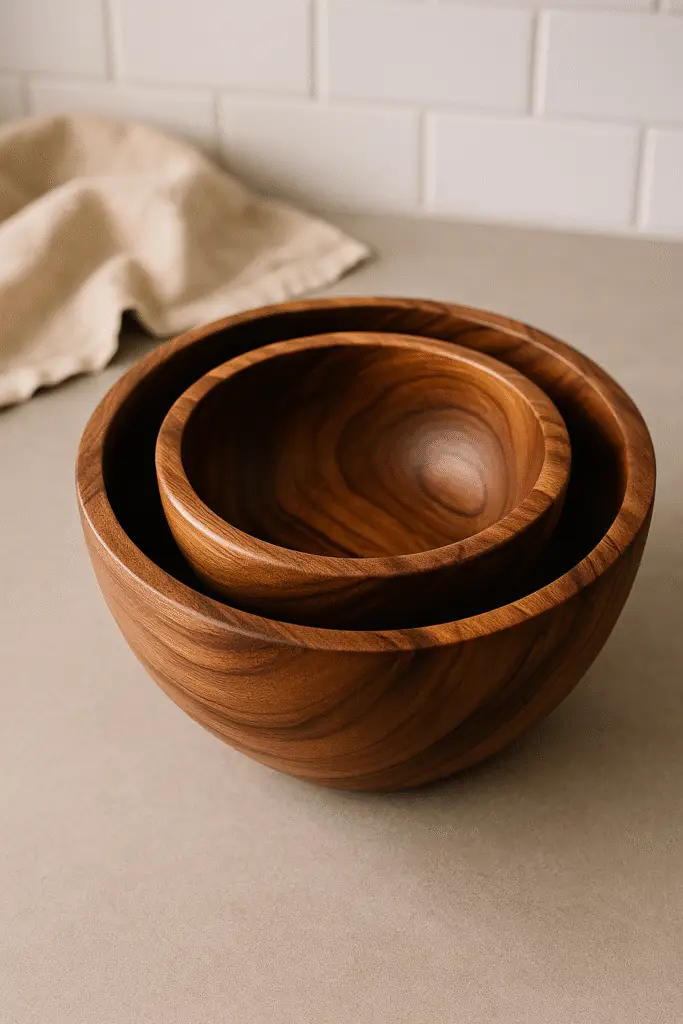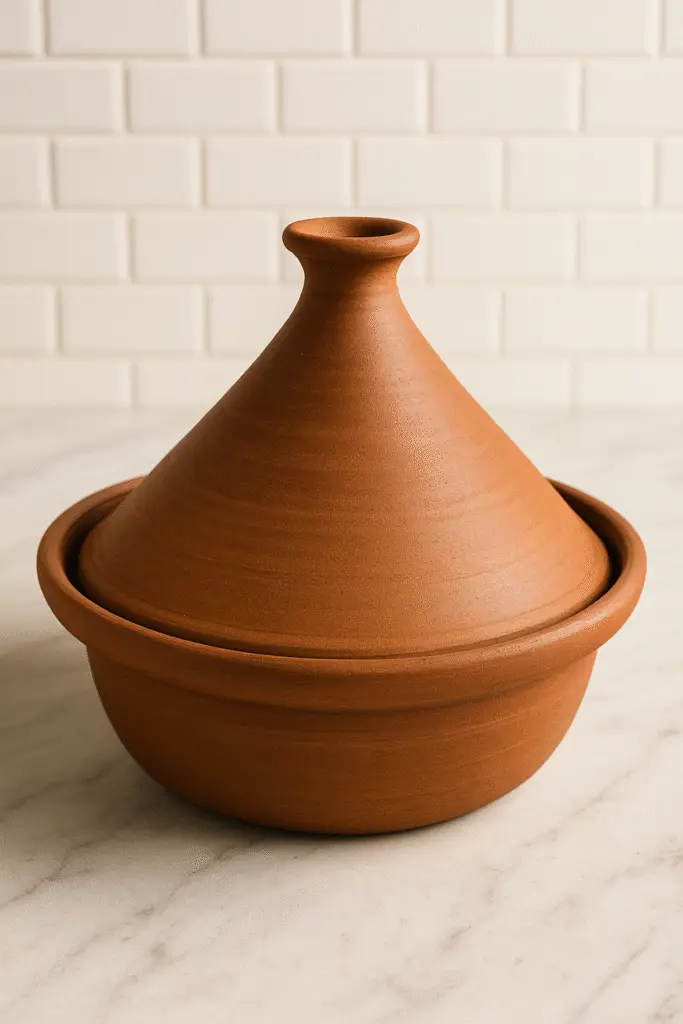Cook With Soul: 4 African Kitchen Tools That Bring the Flavor Home
African cooking is vibrant, bold, and full of depth. But the tools behind those unforgettable flavors often go overlooked. If you’ve ever struggled to recreate a dish like jollof rice or suya-seasoned grilled meats and something just felt… off? It might not be the ingredients. It might be the tools. Here’s your guide to 4 traditional African kitchen tools that unlock real flavor — and instantly upgrade your global pantry.
🍲 1. Cast Iron Dutch Oven

Why You Need It:
This isn’t just any pot — it’s the beating heart of many African kitchens. From rich stews to fragrant rice dishes, African cooking relies on heat control, and cast iron gives you just that. It heats evenly and keeps meals simmering low and slow — the way they’re meant to be.
What to Cook:
- Nigerian Jollof Rice
- Ghanaian Light Soup
- Kenyan Beef Stew
- Plantain Curry
What Makes It Special:
A Dutch oven doesn’t just cook — it caramelizes, infuses, and retains flavor like nothing else. Plus, it transitions from stovetop to oven with ease, perfect for slow braises or finishing a dish.
🔗 Shop This Cast Iron Dutch Oven on Amazon »
🌶 2. Wooden Cooking Paddle (African Cooking Spoon)

🔥 Why You Need It:
In African cooking, thick stews, fufu, and plantain-based dishes are stirred with a strong, long wooden spoon or paddle — not your average spatula. These wooden paddles are essential for mixing without breaking or bending, especially when preparing dense, starchy dishes.
🍛 What It’s Best For:
- Stirring thick pots of fufu, banku, or eba
- Mixing jollof rice or okra stew
- Turning plantain mash or yam porridge
- Even baking tasks like mixing stiff doughs
💡 What Makes It Special:
These wooden paddles are usually hand-carved, heat-resistant, and long enough to reach deep into tall pots — making them both functional and beautiful. They also absorb a bit of seasoning over time, making every stir a little more flavorful ✨
Hand-Carved African Cooking Spoon on Amazon »
🥣 3. Acacia Wood Mixing Bowls (Berbere Bowls)

Why You Need It:
Spice blending is sacred in African cooking — and a good wooden bowl makes the ritual even more beautiful. These bowls are perfect for mixing dry rubs, prepping marinades, or serving injera or couscous family-style.
What to Cook or Use It For:
- Blending Suya Spice Rubs
- Marinating Lamb or Chicken
- Serving Grains and Stews
- Making Peanut Vinaigrettes
What Makes It Special:
Acacia wood doesn’t react with acidic spices or oils like metal does — and it adds a warm, natural tone to your prep space.
🔗 Shop Acacia Bowls on Amazon »
🍯 4. Clay Tagine Pot / Clay Stew Pot

Why You Need It:
Clay cookware infuses dishes with flavor in a way metal can’t. From Senegalese stews to North African chickpeas, the porous nature of clay traps moisture, creates gentle steam, and deepens the flavor as it cooks.
What to Cook:
- Groundnut Stew (Peanut Stew)
- Tagine-Style Chickpeas
- Braised Tilapia
- Spiced Lentils
What Makes It Special:
Clay holds heat while naturally enhancing aroma and taste — it also doubles as an elegant serving dish straight to the table.
🔗 Shop a Clay Tagine on Amazon »
These tools don’t just cook meals — they tell stories. Stories of Sunday stews, of smoky charcoal grills, of hands grinding spice blends passed down for generations. When you add tools like these to your kitchen, you’re not just upgrading your setup — you’re honoring a tradition and flavor profile that deserves center stage.
Some links in this post are affiliate links, which means I may earn a small commission if you choose to make a purchase — at no extra cost to you. Thanks for supporting Golden Aligned and my mission to share global kitchen inspiration.